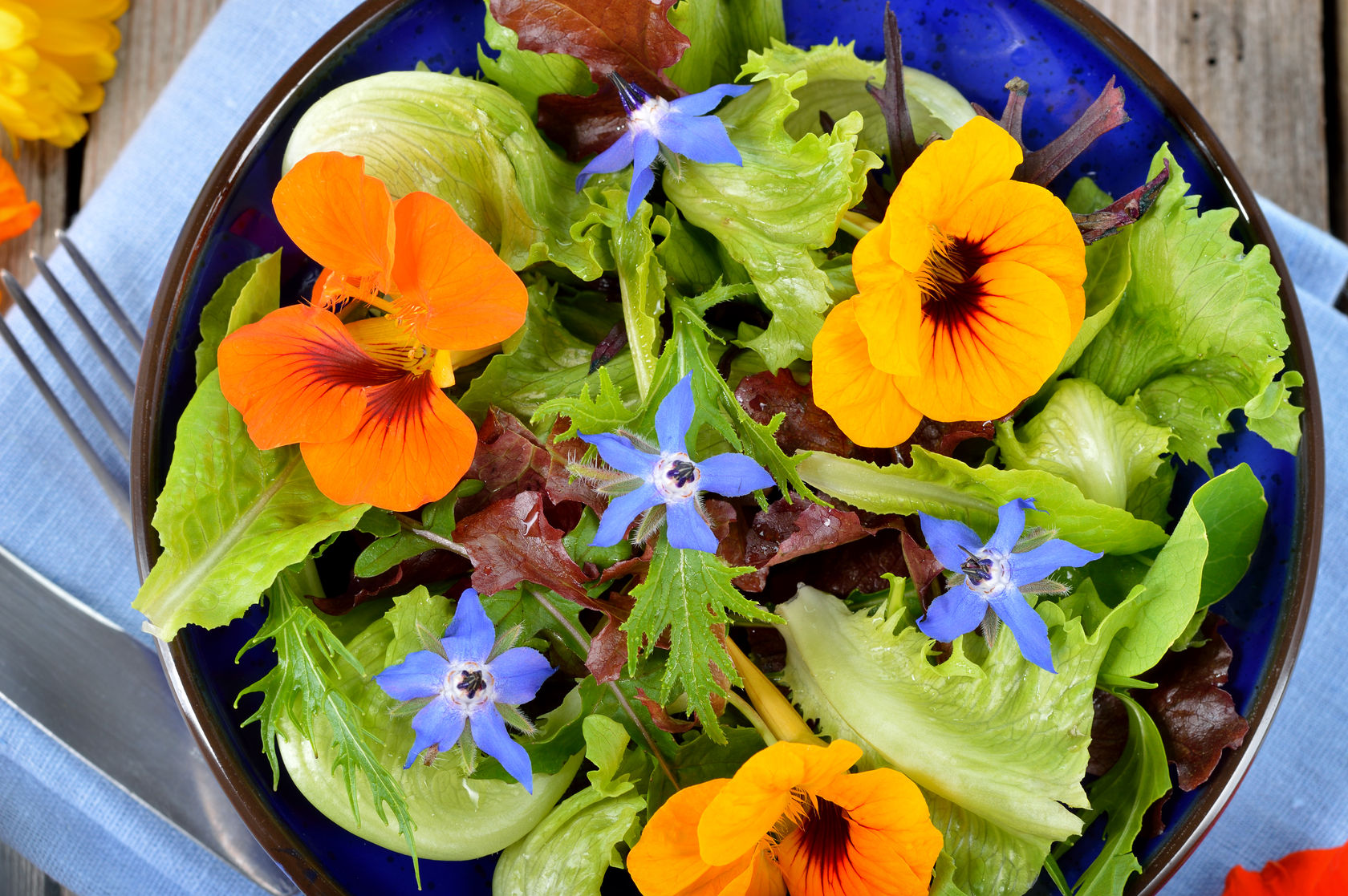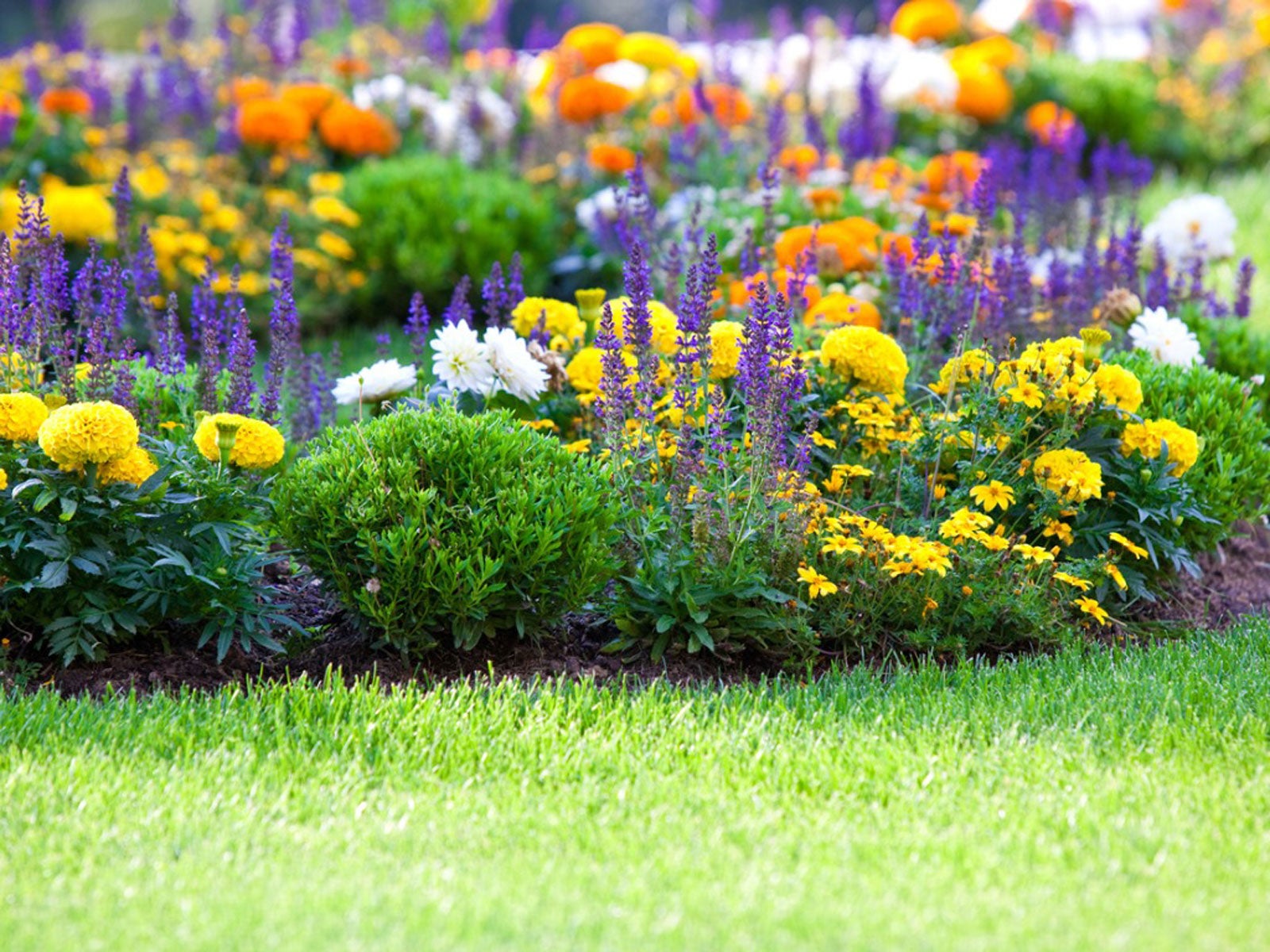How to Grow Edible Flowers in Your Garden: A Comprehensive Guide

Imagine transforming your garden into a vibrant, edible oasis where every bloom is not just a feast for the eyes but also a delight for your taste buds. Growing edible flowers is akin to painting a masterpiece with nature's palette, where each petal adds a splash of color and a burst of flavor to your culinary creations. Let's embark on this delightful journey of flower cultivation and discover how to grow edible flowers in your garden.
Why Grow Edible Flowers?
Edible blooms are not just beautiful; they are versatile and nutritious. From salads to cocktails, these garden flowers can elevate any dish with their unique flavors and textures. Moreover, growing edibles is a rewarding hobby that connects you with nature and offers a sense of accomplishment.
Getting Started: Choosing the Right Edible Flowers
Before you dive into the world of flower cultivation, it's crucial to select the right garden plants. Some popular edible flowers include:
- Nasturtiums: Known for their peppery taste, these flowers add a zesty kick to salads.
- Calendula: With a slightly bitter flavor, calendula petals are often used in salads and teas.
- Borage: These star-shaped flowers have a cucumber-like taste and are perfect for garnishing drinks.
- Pansies: Their mild, slightly sweet flavor makes them ideal for desserts and salads.
Preparing Your Garden for Edible Flowers
Soil Preparation
The foundation of any successful garden is healthy soil. Ensure your soil is well-draining and rich in organic matter. Compost and aged manure can work wonders in improving soil quality.
Sunlight and Water
Most edible flowers thrive in full sun, requiring at least six hours of sunlight daily. Watering should be consistent but not excessive. Aim for moist, not soggy, soil.
Planting and Caring for Your Edible Flowers
Seeds vs. Seedlings
You can start your edible flowers from seeds or purchase seedlings from a nursery. Seeds offer more variety but require more patience, while seedlings provide a head start.
Planting Tips
Plant your seeds or seedlings according to the instructions on the packet or label. Generally, seeds should be sown at a depth of about twice their diameter.
Maintenance
Regular watering, weeding, and occasional fertilizing will keep your edible flowers healthy and thriving. Deadheading (removing faded blooms) encourages new growth and prolongs the blooming season.
Harvesting and Using Edible Flowers
When to Harvest
Harvest your edible flowers in the morning after the dew has evaporated. This is when they are at their freshest and most flavorful.
Culinary Uses
Edible blooms can be used in a variety of dishes. Sprinkle them on salads, garnish desserts, or infuse them in teas and cocktails. The possibilities are endless!
Common Challenges and Solutions
Pests and Diseases
Like any garden plants, edible flowers can be susceptible to pests and diseases. Regularly inspect your plants for signs of trouble and use organic pest control methods when necessary.
Weather Conditions
Extreme weather conditions can affect the growth of your edible flowers. Provide shade during intense heat and cover plants during frost to protect them.
Conclusion
Growing edible flowers in your garden is a rewarding experience that combines beauty and utility. With the right selection of garden flowers, proper soil preparation, and consistent care, you can transform your garden into a vibrant, edible oasis. So, why not take the first step today and start your journey into the world of flower cultivation? Your taste buds and your garden will thank you!
FAQs
-
Are all flowers edible? No, not all flowers are edible. Some flowers are toxic and can cause illness if ingested. Always research and ensure a flower is safe to eat before consuming it.
-
How do I know if a flower is edible? Consult reliable sources such as gardening books, websites, or local nurseries. Always double-check before consuming any flower.
-
Can I grow edible flowers in pots? Yes, many edible flowers can be grown in pots. Ensure the pots have good drainage and are large enough to accommodate the plant's root system.
-
How often should I water my edible flowers? Watering frequency depends on the type of flower and the climate. Generally, water when the top inch of soil feels dry to the touch.
-
Can I use pesticides on my edible flowers? It's best to avoid chemical pesticides on edible flowers. Opt for organic methods to control pests and diseases.


By following this comprehensive guide, you'll be well on your way to cultivating a garden filled with beautiful and delicious edible flowers. Happy gardening!
0 Response to "How to Grow Edible Flowers in Your Garden: A Comprehensive Guide"
Post a Comment